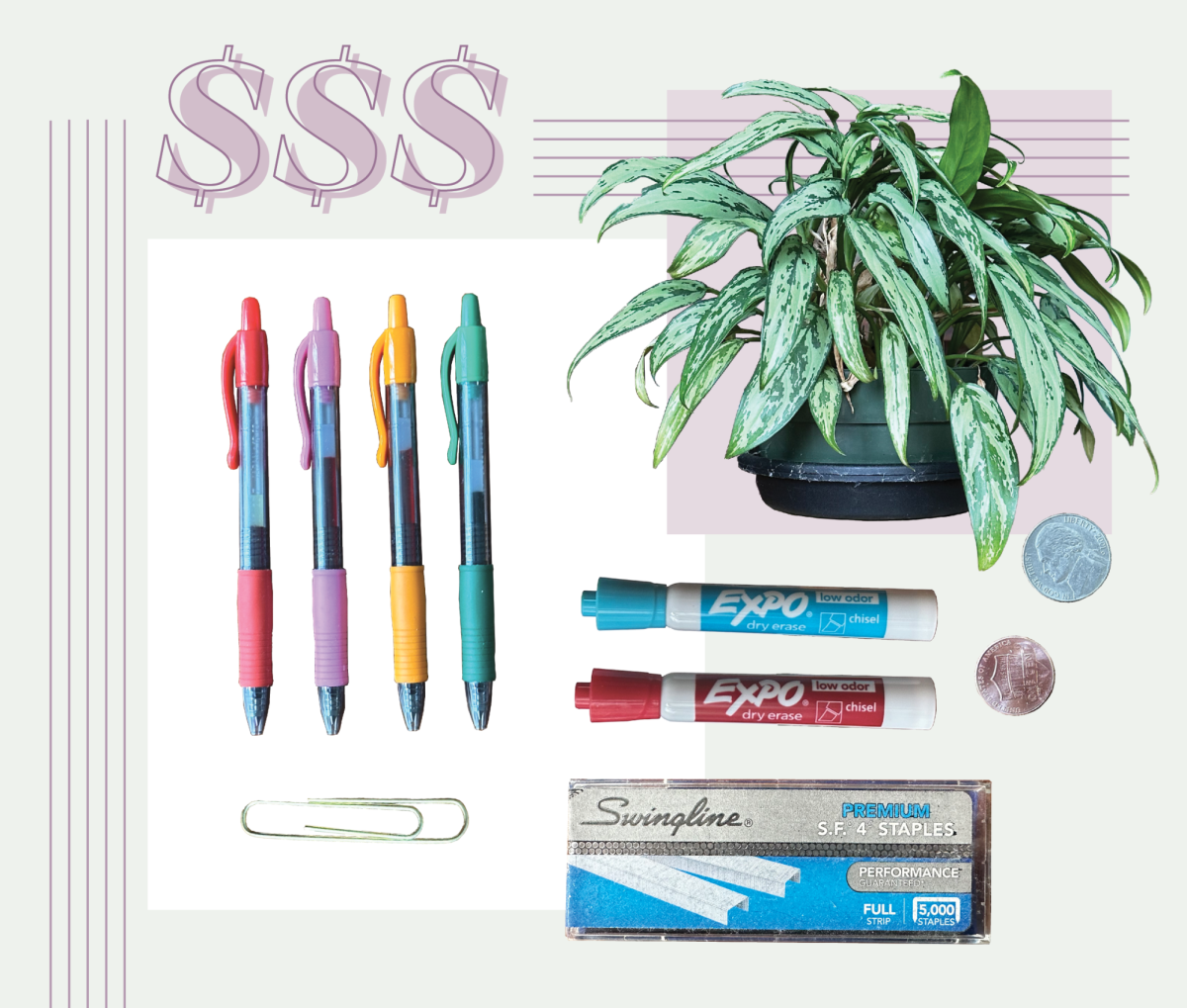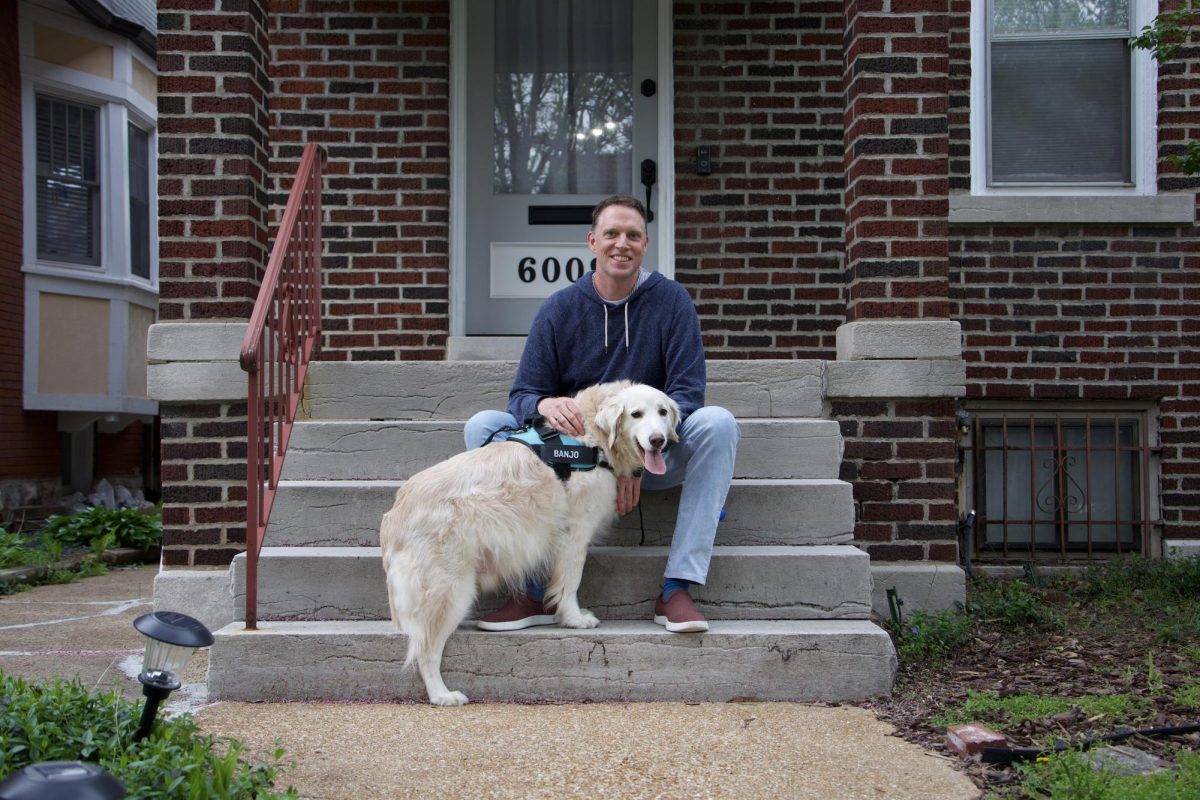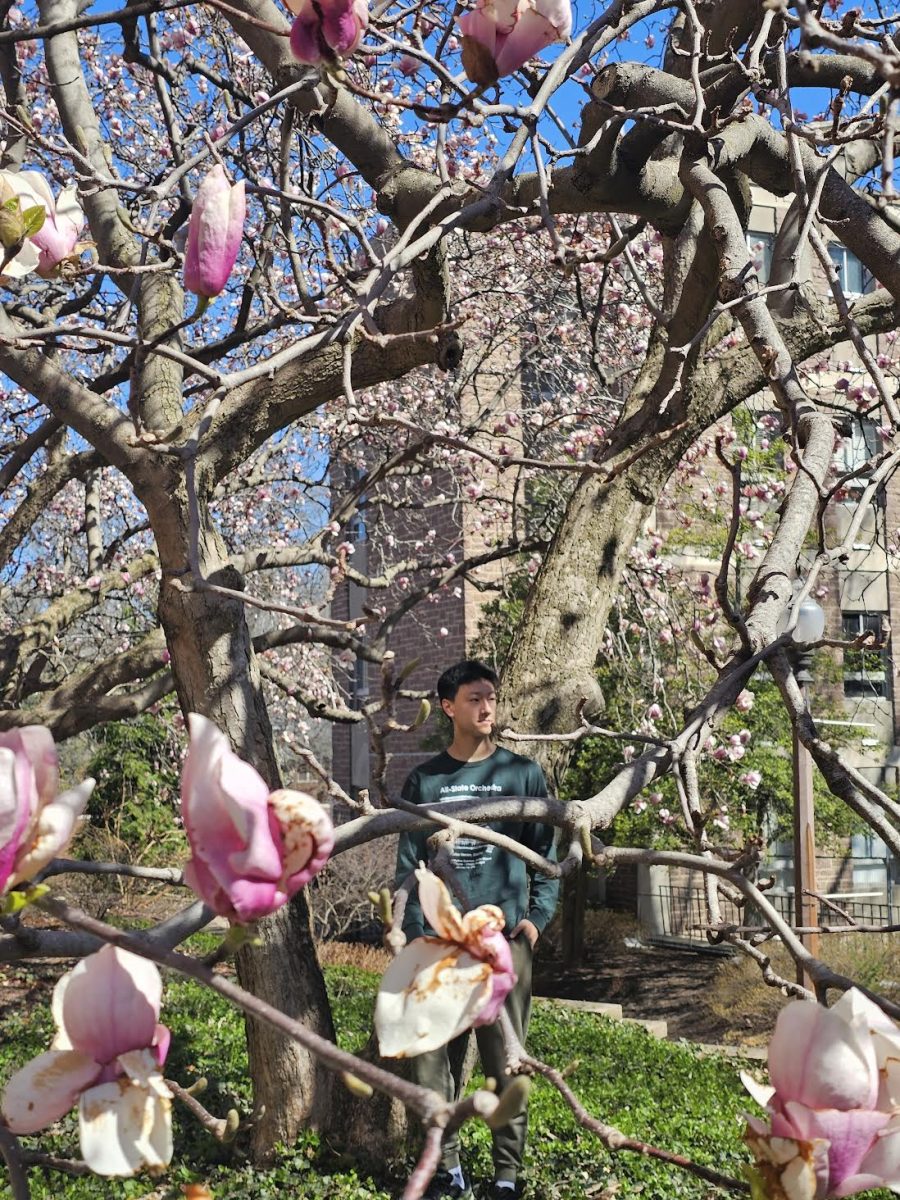When teachers are first placed in their classrooms, the rooms are mostly bare. They start with basics like clocks, desks and chairs, leaving plenty of remaining space. For many teachers, the remaining space is valuable; additional items like furniture and decoration can enhance learning environments and create a more functional and organized classroom. In order to create these effective and positive spaces, teachers take multiple avenues.
Many of the additional supplies teachers need are for their own use. When they need these, they go to Lynda Rater, Ladue High School’s Accounting Administrative Assistant.
“Each classroom has a budget to purchase classroom supplies, which they order through their department or through me,” Rater said. “Teachers order non-classroom supplies through me. That would be things like paper, pens, paperclips, dry erase markers, wipes, Kleenex, etc. They fill out a Google Form, and I fill their order.”
Alongside handling orders for additional supplies, Rater helps to make this system possible.
“We have [a] yearly budget and track our expenses throughout the year,” Rater said. “Where possible, we shop around for the best prices on supplies. I manage the inventory of non-classroom supplies.”
Not everything is covered by this budget, though. For items like special supplies for student use, additional furniture or class decorations, costs are often covered by teachers. Any posters, lamps or plants seen in classrooms were not paid for by the school budget. Often, items not covered by the school are important for creating a comfortable and positive learning environment.
The supplies provided by Rater and the school’s departments are paramount for creating a successful working and teaching environment. Additional items or decorations can make or break spaces for learning. With functional supplies purchased by the school and additional items bought by teachers, classrooms flourish.



![A client poses for a photo. Although Hannah Hiken (12) enjoys painting nails for others, she prefers to have control of her own artistic freedom. “I do [nails] on myself a lot. I think that's what I really enjoy most,” Hiken said. “Doing it on myself, because I can choose everything I want to do.”
Photo courtesy of Hannah Hiken](https://laduepublications.com/wp-content/uploads/2025/05/IMG_1740-1200x986.jpeg)
![Duckham spends large amounts of her free time reading. Dealing with fewer classes this year, Duckham’s bookshelf at home has seen more use. “I call every book my favorite, but not truly every book [is]. I wrote my dissertation on Herman Melville, so I guess I'd have to say Moby Dick, is definitely one of my all time favorites,” Duckham said. “I really do love both British and American novelists of the 19th century. I tend to prefer nonfiction over fiction. For some reason, I think there's so many great non fiction writers, and I love the whole idea of something being true.
(Photo Courtesy of Janet Duckham)](https://laduepublications.com/wp-content/uploads/2025/05/IMG_6605-1200x900.jpeg)


![ABOVE: Duncan Kitchen (10) plucks the strings of his guitar at his home. Duncan’s older brother inspired him to start playing the guitar two years ago. “On any given day [in Alaska], you could walk up the mountain start a campfire [and] play guitar,” Duncan said. (Photos by Vincent Hsiao)](https://laduepublications.com/wp-content/uploads/2025/04/Hsiao_20250325_DuncanKitchen_010-1200x839.jpg)

